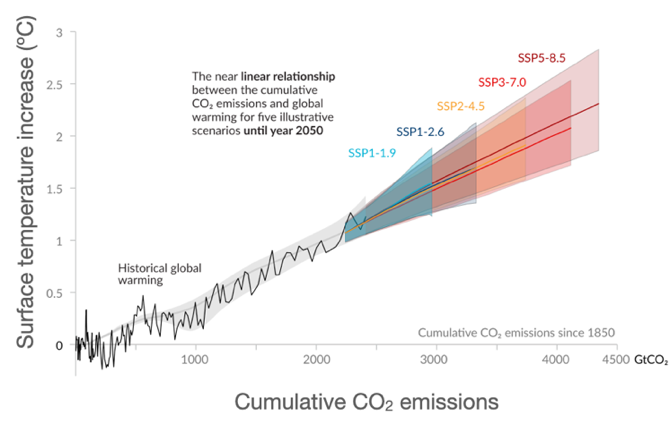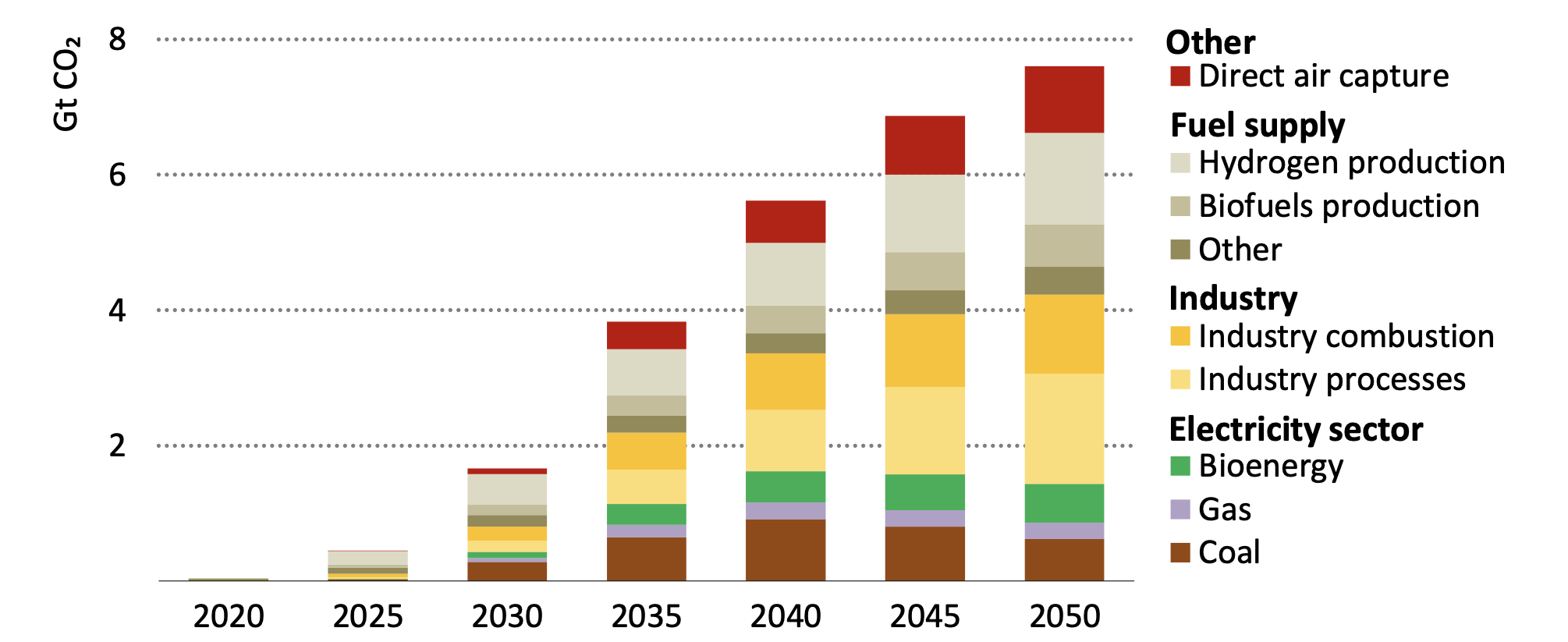Fueled by rising atmospheric CO2 levels, the climate crisis is a major societal challenge. An overwhelming amount of data provides evidence of the grave impact that climate change is having on global ecosystems; Arctic glaciers are melting, oceans are rising and acidifying, there are extreme weather patterns globally with record-breaking temperatures in the last decade, and one cannot overlook the extinction of various living species. Climate change predominately stems from high atmospheric CO2 levels created by the combustion of fossil fuels since the industrial revolution. The Paris Agreement established a global framework to limit climate change to “well below 2 degrees Celsius”, with the ultimate goal of not exceeding 1.5 °C. However, there will be enough CO2 in the atmosphere at the current emission rate to rapidly break through the climate target.

Apart from increasing efficiency and integrating renewable energy, one can reduce CO2 emissions by carbon capture, utilization, and storage (CCUS). This involves point source capture of CO2, e.g., by post-combustion capture of flue gas from fossil-fuel-fired power plants, waste-incineration plants, biogas plants, and chemical industries. An advantage is that capture units can be retrofitted to existing emission sources. Concomitantly, the development of negative emission technologies (NET) able to extract CO2 from the atmosphere is critical to achieving net zero by 2050. A promising approach to reaching net zero is direct air capture (DAC), which involves CO2 separation from the atmosphere by chemical means. Afterward, the captured CO2 can be permanently sequestered in geological formations. Alternatively, as a long-term sustainable solution, a circular carbon economy can be created by converting CO2 to synthetic energy carriers or as a fine or commodity chemical where the captured carbon is the source of carbon in the product.

To implement CCUS at the scale necessary to restrict climate change, the simultaneous deployment of sustainable, energy- and cost-efficient point-source capture, DAC, and CO2 valorization and storage technologies are a must. Further, achieving net zero emissions by 2050 requires immediate action in research and innovation, which is necessary to rapidly boost the technology readiness level to “close to market.” This effort also requires simultaneous development of economic and policy measures that favor the rapid adoption of CCUS technologies by industry and ensure their integration into society – limiting warming to 1.5°C with no or limited overshoot.
Home | About | SusEcoCCUS | Team | Contact | News | Outreach | Gallery